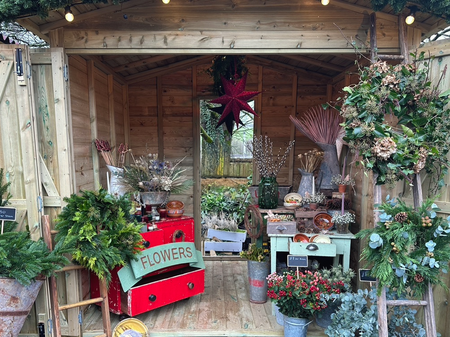Spring has certainly arrived, and it’s the perfect time to spend in the garden, getting it ready for the summer months. This time of year is every gardener’s favourite, with so much to do as the cold weather disappears. If you followed our guide to what to plant before spring, you might already have chitted potatoes and early vegetable seeds sown, but now it’s time to turn your attention to spring planting. This blog will help guide you through the best way to ensure your garden is fruitful and bursting with colour this summer.
Vegetables
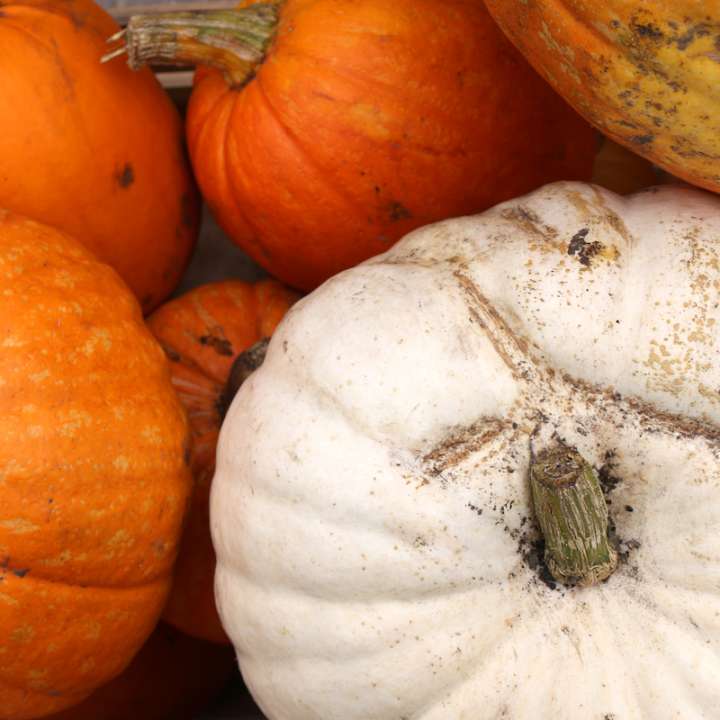
We have a large variety of vegetable seeds online and will have the perfect seeds to plant in your vegetable patch. Most vegetable seeds suggested for sowing in March can also be sown in April. This time of year is ideal for seeding beetroot, carrots, turnips, summer cabbages and lettuces.
When sowing your seeds, make sure you sow thinly in straight rows, giving root vegetables plenty of space to grow. A favourable choice is to plant the seeds individually within their own pots, to be replanted in their final positions later in the season.
It is also the ideal time to sow those pumpkins and cucumbers in your greenhouse, ensuring they can make the most of the dry summer heat.
Fruits
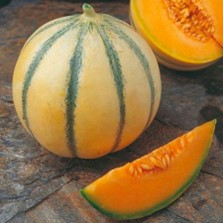
Nothing says summer like a good harvest of fruits. Most shrubs and common fruit trees should already be showing signs of life, and your dormant strawberry plants should now have begun flowering,
However, if you want to grow something new, melons are at their sowing stage. Melons are a fruit that need their own 7.5cm pots and belong in high temperatures. They need to grow in 24-26oC for optimum growth, so if your greenhouse doesn’t quite have this heating ability, you could always bring them inside and use your airing cupboard to get them started. These fruits are very quick to germinate, so keep up with regular maintenance. Once the seedlings begin to appear, it is time to move them to sunnier spaces and keep them well watered.
Whilst the weather is usually reasonably humid from this point of the year, it can also be fairly unpredictable. So be sure to keep an eye on the forecast and always protect your delicate fruit plants from frost or intense weather. At this time of year, ensure your fruiting trees and plants have all the nutrients they need by mulching the soil and applying plenty of quality manure.
Flowering Plants and Bedding Plants
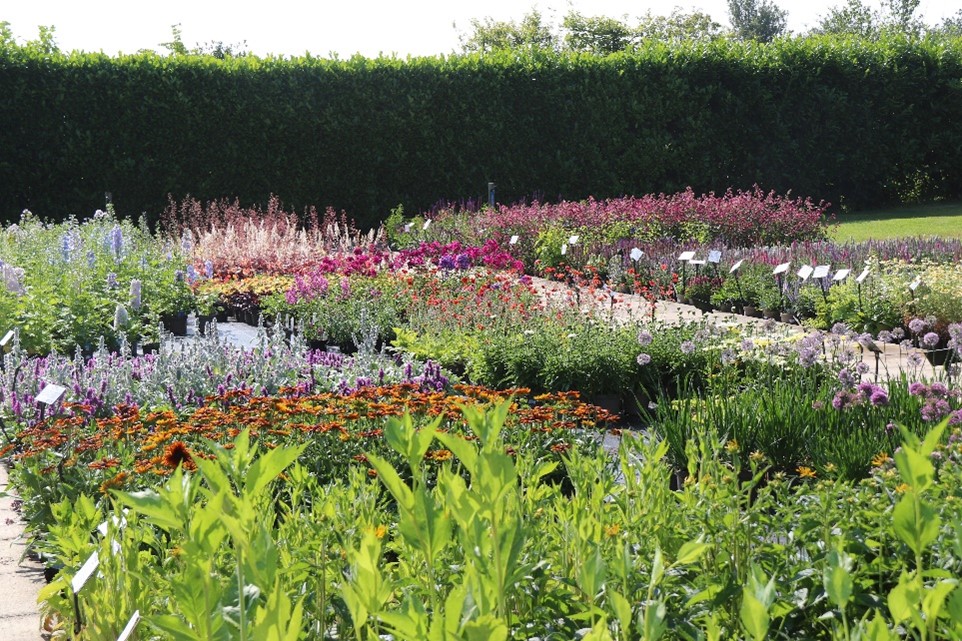
A garden is never more beautiful than when decorated with bright and beautiful flowers. April is the perfect time to begin sowing your biennial and annual plants. These include the likes of pansies, foxgloves and wallflowers. Whilst they tend to have a two-year life span, keeping ahead of your summer flowering bulbs can ensure that every year your garden looks as vibrant as it did the year before.
By now, your perennial flowers should also be showing signs of blossoming. These are pretty reliable at taking care of themselves as long as they are provided with plenty of water. However, they may require repotting if they are outgrowing their current space. If you would prefer to keep them where they are, a simple pruning may assist them in keeping within their boundaries.
Wildflowers
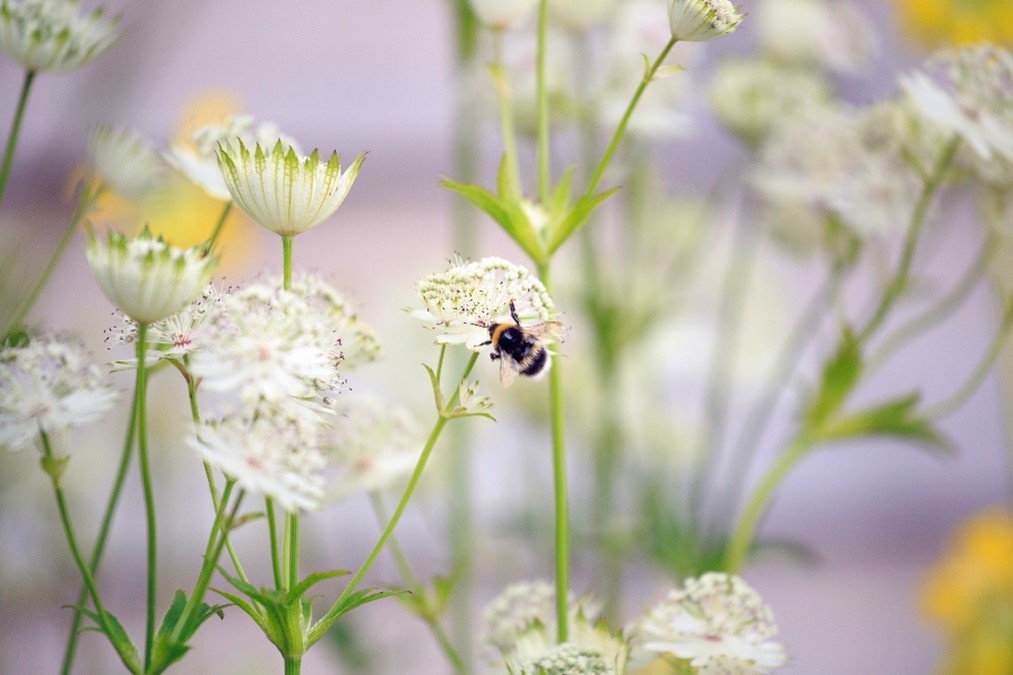
As more people look to encourage wildlife protection, wildflowers are becoming more popular each year. People often designate a corner of their garden or allotment to a wild meadow, and they can also make a great alternative to bedding and border plants. Poppies, cornflowers and corncockles are examples of annual wildflowers that usually blossom at the beginning of the summer but die off around winter. Primroses and bluebells are both perennial flowers that are great for shady gardens. If you are looking to buy plant seeds online, be sure to research their desired environment to ensure your garden space is suitable.
Most wildflowers are best sown in March and April and require an open, sunny space. To begin your small wildlife garden, remove all existing plants and grass, especially those more vicious flowers such as docks and nettles. Once planted, dig the soil over and level the bed. Avoid using manure as this could encourage the growth of the grass, which may overpower the wildflowers.
Lawncare
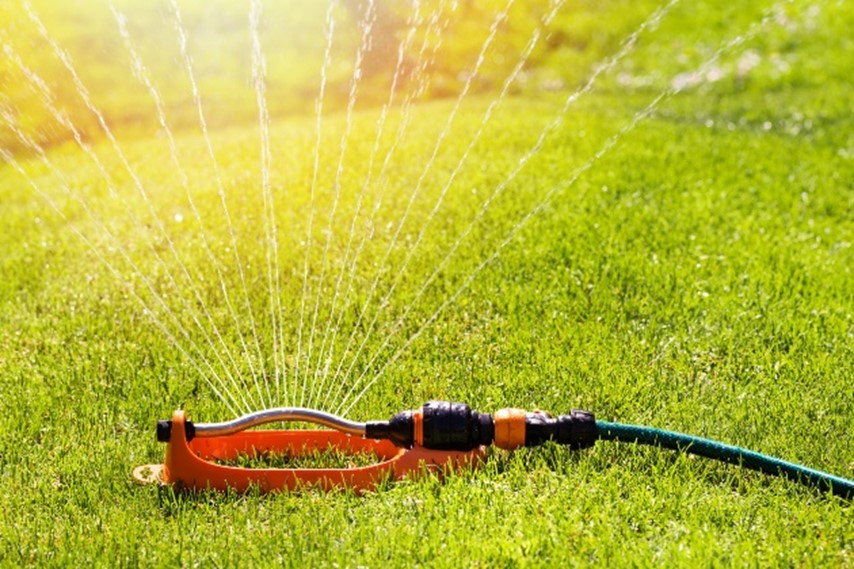
Having a well cared for lawn will turn your garden into an aesthetically pleasing space. So now the weather is looking brighter, you should be looking to bring your lawn back to life. Using miracle-gro products can help restore your grass by providing adequate minerals and vitamins.
Start the spring off with fresh and sharp blades for best mowing results, and always clean your mower after every use. Blunt blades and built up dried grass tend to rip the grass and could spoil a beautiful cut.
Keep your lawn watered to ensure it stays as fresh as possible during dry spells. It would also be best if you always aimed to mow the lawn in the afternoon, giving the grass plenty of time to dry before the night temperatures drop. Of course, if your lawn is a bit of a suntrap, be sure to mow when the sun isn’t going to burn your newly cut grass.
April is an important month for most gardens. With the days becoming longer and the weather becoming warmer, it is the perfect time to get the garden summer-ready. If you need any further advice or wish to turn your hand to gardening but have no idea where to start, feel free to contact us or pop into our garden centre near the Lake District.



